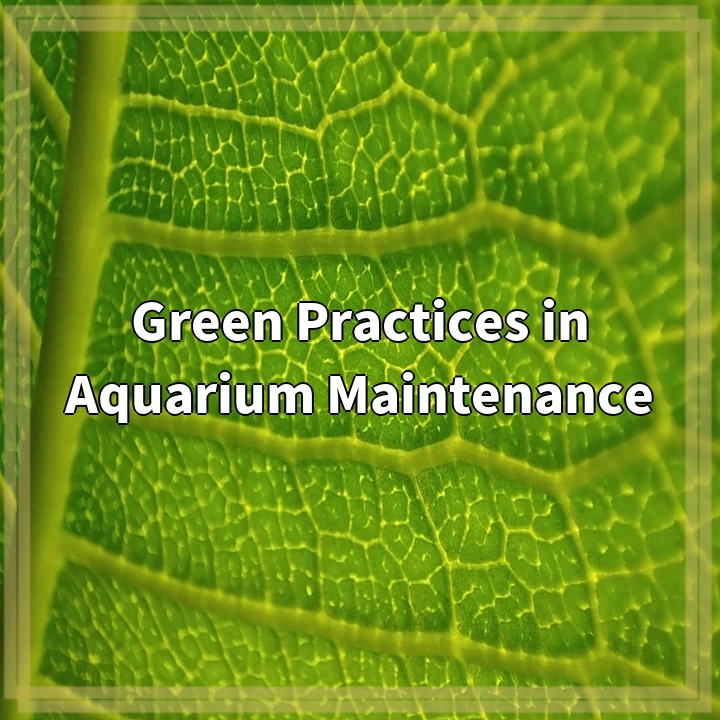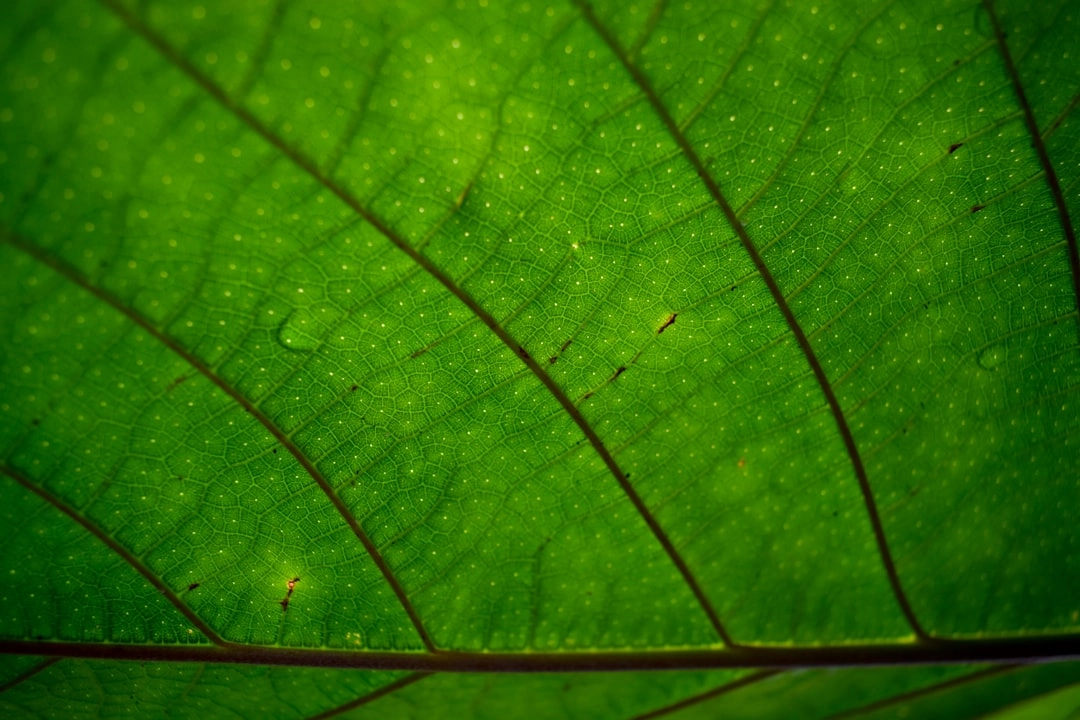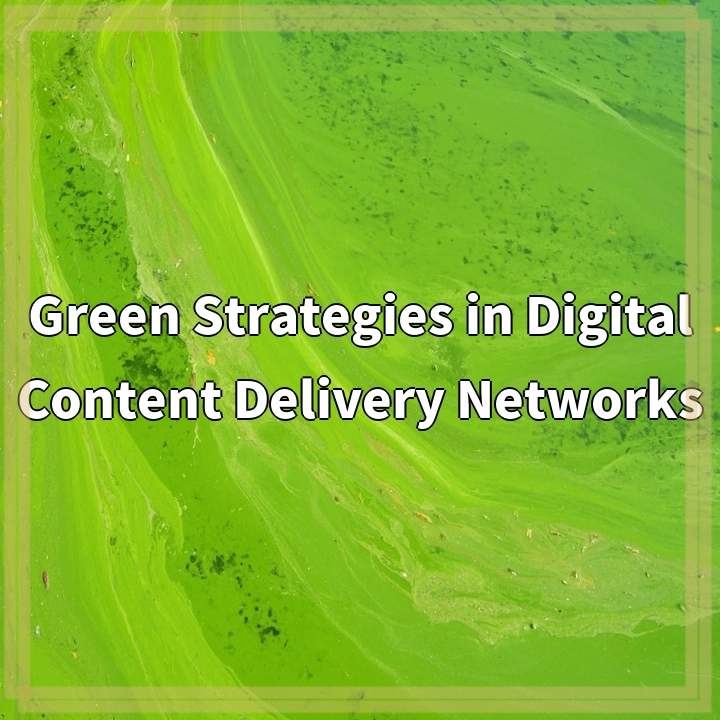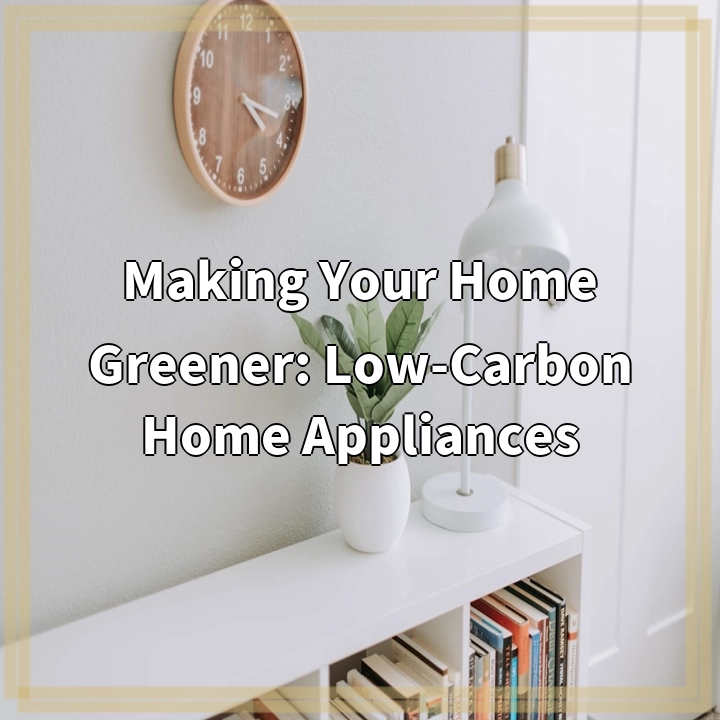
What it is:
Green Practices in Aquarium Maintenance
Aquarium maintenance refers to the regular care and tasks involved in keeping an aquarium ecosystem healthy and thriving. It includes maintaining water quality, monitoring temperature and pH levels, cleaning the tank and filters, and feeding the fish and other inhabitants. Green practices in aquarium maintenance focus on implementing environmentally friendly methods and strategies to minimize ecological impact and promote sustainability.
Real-World Problems:
1. Water Pollution
One of the significant challenges in aquarium maintenance is the risk of water pollution. Overfeeding the fish, inadequate filtration, and improper waste management can lead to the buildup of harmful substances such as ammonia and nitrates in the water. These pollutants can cause stress, disease, and even death in the aquarium inhabitants. Moreover, when the tank water is discarded, it can contaminate natural water bodies and harm local ecosystems.
2. Energy Consumption
Maintaining a stable water temperature and running necessary equipment, such as filters, air pumps, and lighting, can contribute to high energy consumption. Conventional systems often rely on inefficient technologies, leading to unnecessary energy waste. Excessive energy use not only increases the carbon footprint but also adds to the cost of aquarium maintenance. It is essential to explore energy-efficient alternatives and practices to minimize environmental impact.
3. Chemical Usage
The use of chemicals in traditional aquarium maintenance can have adverse effects on the environment and aquatic life. Chemical additives, such as water conditioners, algaecides, and medications, may contain harmful substances that can be toxic to fish, invertebrates, and plants. These chemicals can enter the ecosystem through water changes or filtration systems, potentially disrupting natural balances and causing long-term harm.
4. Waste Generation
Aquarium maintenance generates various types of waste, including uneaten food, fish excretion, and used filter media. Improper disposal of these wastes can have environmental consequences. For instance, decaying organic matter can lead to water quality issues and promote the growth of harmful algae. In addition, throwing away filter media without considering recycling or composting options adds to landfill waste.
5. Unsustainable Collection Practices
Many species of fish, corals, and other aquatic organisms in the aquarium trade are sourced from the wild. However, irresponsible and unsustainable collection practices can deplete natural populations, damage ecosystems, and disrupt fragile habitats. It is essential for aquarium hobbyists and industry stakeholders to support sustainable alternatives, such as captive breeding programs and the procurement of ethically sourced marine life.

Solutions:
Green Practices in Aquarium Maintenance
Implementing green practices in aquarium maintenance can help address the real-world problems associated with traditional methods. By adopting environmentally friendly strategies, aquarists can minimize water pollution, reduce energy consumption, limit chemical usage, manage waste responsibly, and support sustainable collection practices.
1. Water Pollution:
To minimize water pollution, aquarists can practice:
a. Proper Feeding:
Avoid overfeeding by providing the right amount of food that can be consumed within a few minutes. Regularly remove any uneaten food to prevent it from decomposing and polluting the water.
b. Adequate Filtration:
Use efficient filtration systems that provide mechanical, biological, and chemical filtration. Regularly clean and maintain the filters to ensure optimal performance.
c. Responsible Water Changes:
During water changes, treat and dechlorinate tap water before adding it to the aquarium. Consider using collected rainwater or filtered water to reduce the use of chemicals found in tap water.
2. Energy Consumption:
To reduce energy consumption, aquarists can:
a. Choose Energy-efficient Equipment:
Use energy-efficient filters, pumps, and lighting systems. Look for devices with high energy-efficiency ratings and consider upgrading to newer, more efficient models when needed.
b. Optimize Lighting:
Adjust lighting levels and duration based on the needs of the aquarium inhabitants. Consider using LED lights, which are energy-efficient and have a longer lifespan compared to traditional lighting options.
c. Use Timers:
Install timers for equipment like lights and pumps to ensure they operate only when necessary. This helps reduce energy consumption during idle periods.
3. Chemical Usage:
To minimize the use of chemicals, aquarists can:
a. Practice Natural Alternatives:
Explore natural alternatives to synthetic chemicals. For example, consider using beneficial bacteria to maintain water quality and control algae growth instead of relying on chemical additives.
b. Perform Regular Water Testing:
Regularly test water parameters to identify and address any issues promptly. Keeping water quality in check can minimize the need for chemical treatments.
c. Research Safe and Sustainable Products:
When selecting commercial products, choose those labeled as environmentally friendly and safe for aquatic life. Consider the potential impacts on the ecosystem before introducing any substances into the aquarium.
4. Waste Generation:
To manage waste responsibly, aquarists can:
a. Adopt Sustainable Feeding Practices:
Feed fish only what they can consume, reducing the amount of uneaten food that becomes waste. Consider using high-quality food with minimal fillers to minimize waste production.
b. Compost or Recycle Waste:
Whenever possible, compost or recycle organic waste such as plant trimmings and filter media. This helps reduce landfill waste and allows for the creation of nutrient-rich compost for gardening purposes.
c. Properly Dispose of Hazardous Waste:
Dispose of chemicals, expired medications, and other hazardous waste through appropriate channels, such as designated disposal facilities or community hazardous waste collection events.
5. Sustainable Collection Practices:
To support sustainable collection practices, aquarists can:
a. Choose Captive-bred Specimens:
Give preference to captive-bred fish and invertebrates, as they help minimize the impact on wild populations and can thrive well in aquarium environments.
b. Research Ethical and Sustainable Suppliers:
Ensure the source of marine life is from suppliers who practice ethical and sustainable collection methods. Look for certifications and research the suppliers’ reputation before making purchases.
c. Promote Education and Awareness:
Educate other hobbyists about the importance of responsible sourcing and the potential harm caused by unsustainable collection practices. Encourage others to make informed choices when purchasing aquarium livestock.















